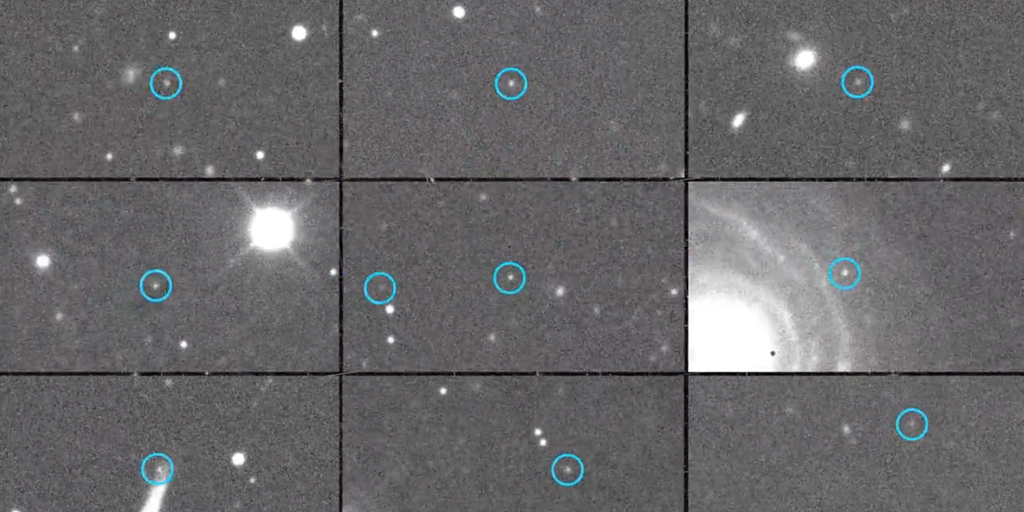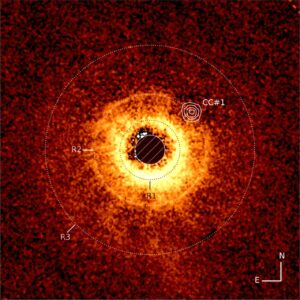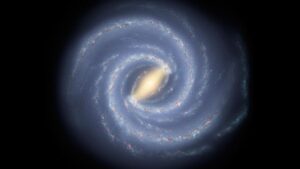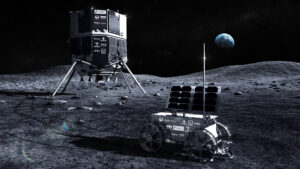
CERRO PACHÓN, CHILE – In a groundbreaking achievement, the newly operational Vera C. Rubin Observatory has identified 2,000 previously unknown asteroids in a mere 10-hour scan of the night sky. This remarkable discovery underscores the observatory’s potential as a leading facility in astronomical research.
Immediate Impact of the Discovery
The Vera C. Rubin Observatory, a collaborative effort by the National Science Foundation and the Department of Energy, is not specifically designed as an asteroid detector. However, its advanced machine-learning capabilities make it exceptionally adept at identifying interstellar objects, according to the NSF.
Despite the annual discovery of approximately 20,000 new asteroids by various telescopes and spacecraft, the Rubin Observatory’s initial findings represent a significant leap in our understanding of the solar system.
Key Details Emerge from Initial Observations
The observatory, situated in Chile, has been two decades in the making and is named after Vera Rubin, the pioneering astronomer who provided the first evidence of dark matter. The facility’s first celestial images, released on Monday, include stunning views of the Milky Way and spiral galaxies, as well as the newly identified asteroids.
2,100 – Number of new asteroids discovered in the first week of observations.
A timelapse video showcased the observatory’s powerful camera tracking these moving celestial bodies, with nearly 1,000 asteroids detected on the first night alone.
By the Numbers: The Observatory’s Capabilities
This development builds on the observatory’s forthcoming project, the Legacy Survey of Space and Time (LSST), which aims to create the largest astronomical movie of the Southern Hemisphere. The LSST Camera, the world’s largest digital camera, boasts a field of view 45 times that of the full Moon, requiring 400 Ultra HD TV screens to display a single image.
7 – Number of near-Earth asteroids newly documented in NASA’s database.
Background Context and Future Endeavors
The announcement comes as the Rubin Observatory prepares to embark on its mission to discover millions of new asteroids over the next two years. These discoveries are crucial for assessing potential threats to Earth and expanding our knowledge of the solar system.
According to sources familiar with the observatory’s operations, the facility’s ability to rapidly identify and track asteroids marks a significant advancement in space observation technology.
Expert Analysis on the Observatory’s Impact
Meanwhile, industry experts warn that while these newly discovered asteroids, including the seven near-Earth ones, pose no immediate danger, the data collected will be vital for future planetary defense strategies.
What Comes Next for the Vera Rubin Observatory?
The timing is particularly significant as the observatory continues to refine its techniques and expand its survey area. The Rubin team is poised to contribute significantly to our understanding of the universe’s dynamics.
The move represents a significant shift from traditional methods of asteroid detection, leveraging cutting-edge technology to enhance the accuracy and speed of discovery.
As the observatory continues its mission, the astronomical community eagerly anticipates further revelations that promise to reshape our comprehension of the cosmos.





